The World War II Holocaust remains a dark time in modern political history, with as many as six million Jews murdered within 4 years, the largest systematic genocide recorded. Even though 6 million stories remain untold, many survivors have given accounts on their experiences in concentration camps. The Tattooist of Auschwitz is the story of how young Lale Sokolov was taken to the Auschwitz concentration camp, became a tattooist, met and fell in love with his wife Gita and how they survived the ordeal.
Synopsis: In April 1942, Lale Sokolov, a Slovakian Jew, is forcibly transported to the concentration camps at Auschwitz-Birkenau. When his captors discover that he speaks several languages, he is put to work as a Tätowierer (the German word for tattooist), tasked with permanently marking his fellow prisoners. Imprisoned for more than two and a half years, Lale witnesses horrific atrocities and barbarism—but also incredible acts of bravery and compassion. Risking his own life, he uses his privileged position to exchange jewels and money from murdered Jews for food to keep his fellow prisoners alive.
One day in July 1942, Lale, prisoner 32407, comforts a trembling young woman waiting in line to have the number 34902 tattooed onto her arm. Her name is Gita, and in that first encounter, Lale vows to somehow survive the camp and marry her.
What I Like
It is a small, fast-paced book that begins quite dramatically with men packed like cattle in a coach, so tightly they could not even sit, uncertain of where they were being taken to or how long the arduous trip will take. After Lale’s vivid description of the shit-bucket falling over and spilling its contents, the stench and quest for fresh air, the struggle to avoid the mess, the fights and their final arrival at Auschwitz, I was hooked. It’s a gripping story told in very simple sentences and clear language. You’ll never reach for a dictionary reading this.
This story is mostly told from Lale’s perspective and has the conversational tone of an old man, which I think lends credence to the whole story. The book is raw, and everything happens so suddenly. One minute, you are Lale in a strange place who needs to pee. Next minute you are Lale, who with a full bladder, just saw 3 prisoners being pointlessly shot while doing their business in the toilet. How Lale didn’t relieve himself on his body after witnessing this is still a mystery to me.
It’s still dark when Lale wakes, needing to take a piss. He… feels his way to the back of the block, thinking it might be the safe place. He is relieved to see that there are facilities, albeit crude… Three prisoners are sitting across the ditch, shitting and talking quietly to each other. From the other end of the building, Lale sees two SS approaching in the semi-darkness, smoking, laughing, their rifles hung loosely down their backs. Lale’s bladder is full but he hesitates.
In unison, the officers flick their cigarettes up into the air, whip their rifles around, and open fire. The bodies of the three who were taking a shit are thrown back into the ditch. Lale’s breath catches in his throat… He catches the profile of one of them – a boy, just a bloody kid
It is an earnest look at difficult choices Lale had to make to stay alive, sacrificing some personal values for the good of others. Becoming a tattooist was difficult because the thought of marking unwilling people’s skin with an identification number made Lale feel like and appear to many as a collaborator with the German soldiers. With some help, he overcame this negative perspective of his situation, keeping in mind that if he didn’t do it, someone else would. Being tattooist came with unexpected perks like extra food and a bed to himself, and so he did his job as gently as he could, and shared the extra rations he got with other inmates.
‘I have been given the choice of participating in the destruction of our people, and I have chosen to do so in order to survive. I can only hope I am not one day judged as a perpetrator or a collaborator.’
This story also highlights the importance of tact and diplomacy in surviving in this world. I think it is important to be able to correctly assess one’s situation and adapt if one is to thrive. Lale’s ability to understand many languages in addition to being perceptive in Auschwitz kept him alive. He also quickly picked up on the power dynamics within the camp; the way groups (within both prisoners and soldiers) interacted and their relationships with each other.
Like When They See Us, this story focuses on what we become when we believe we are superior to others. The German soldiers, even boys, used their power to oppress the prisoners in Auschwitz. Lale who became somewhat powerful by virtue of his position as the Tätowierer, used his power and opportunity, and risked his life, to help fellow inmates, sourcing for medication to save the sick and even shipping a boy off concentration camp to save his life.
Finally, I was afraid it would be like other Holocaust stories I have read and watched, grim tales of indignation and sorrow that left me feeling depressed. However, this is really a love-story. Believe it or not, Lale found love in a hopeless place and what makes this book worth-reading is it’s happy-ending.

What Could be Better
In as much as the writing style was easy to read, it was a bit too simplistic, often short sentences with no real craft to them. It did feel a lot like a screenplay, void of written emotion or the required tension. For such an intense experience, I would have expected more adjectives, more detail on people, places, emotions and events. I feel like the writer was able to communicate the barest minimum in this story.
Additionally, I can’t decide if this is a true story or not. On the one hand, Lale Sokolov appears to be a person who survived the Holocaust and so does Gita. His account of the event’s in this book also match up with the records in Auschwitz. However, the story is referred to as bio-fiction and I’m not sure I understand what that means.
Related: Book Review: Finish What You Start by Peter Hollins
In conclusion, The Tattooist of Auschwitz is a Holocaust story with interesting twists of fate that make it worth reading. It concludes by detailing Lale and Gita’s life after Auschwitz and the effect of their experiences on their later life. Lale became desensitised towards death after witnessing so much death during his time in Aushwitz. He couldn’t cry when his sister passed.
When he had to close his business, their 16 year old son Gary came home to find that their car was being towed away and the house had been put up for auction. Gary found Gita singing and packing up their things.
…”How can you just pack and sing?” With a big smile on her face she said that when you spend years not knowing if in five minutes time you will be dead, there is not much that you can’t deal with. She said, “As long as we are alive and healthy, everything will work out for the best.”
Despite the tragic context, it is a beautiful love story that highlights the bravery of prisoners, the value of friendship and the fight to survive under the most horrifying conditions. It is the story you’ll be thinking about long after you have finished reading it. I don’t know if it is something young readers will enjoy but it is rich with moral learning and certainly recommended.
Have you read The Tattooist of Auschwitz by Heather Morris? Let me know what you think in the comments!
As always, thank you for reading!
***
Liked this post? Do share it on your social media wall, timeline or feed.
Want blog updates and promotions in your inbox?
Sign Up Now


















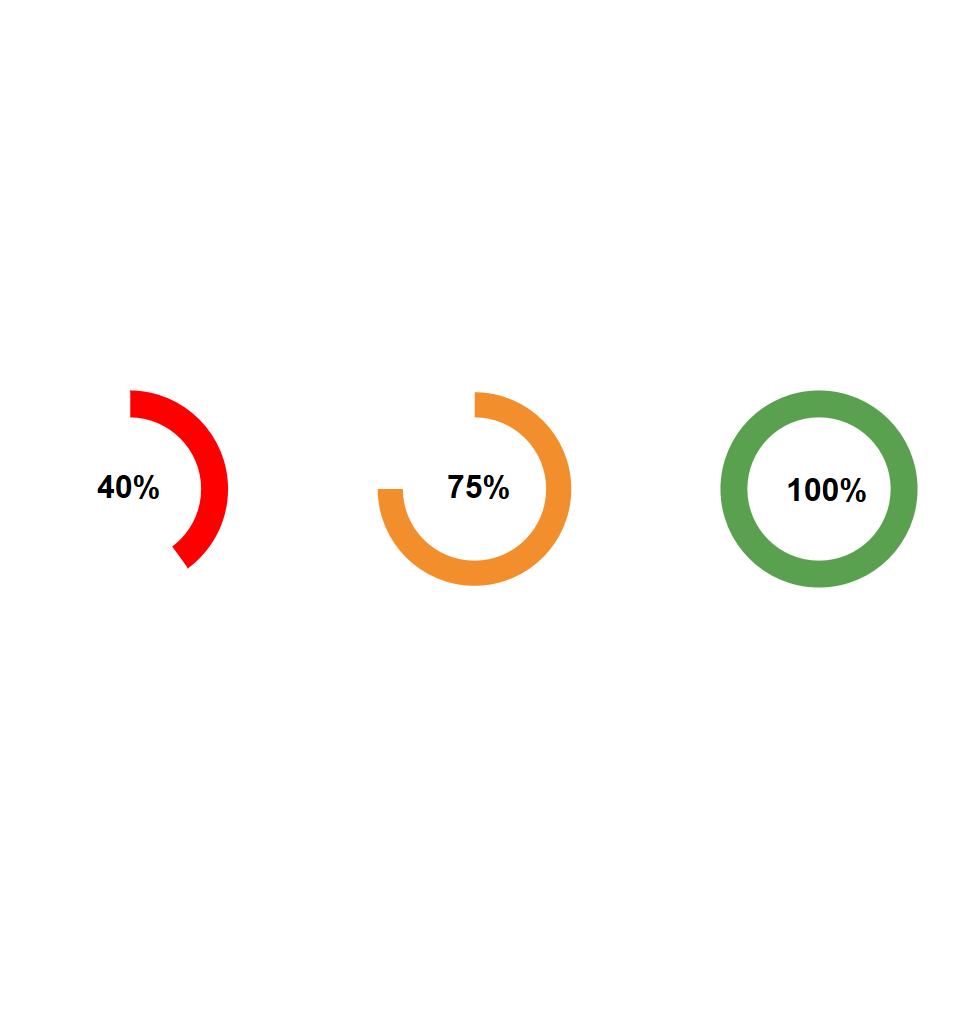







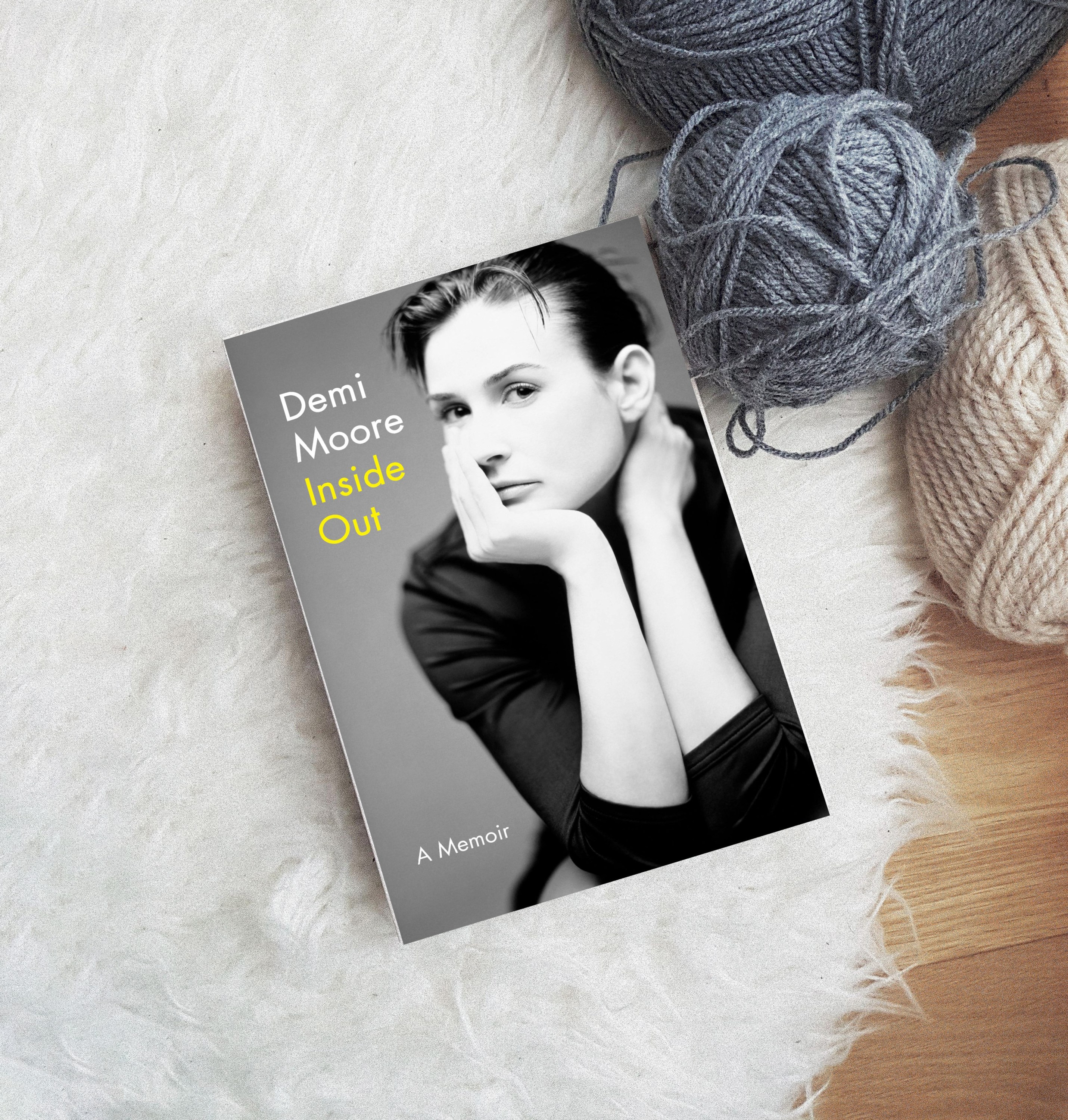









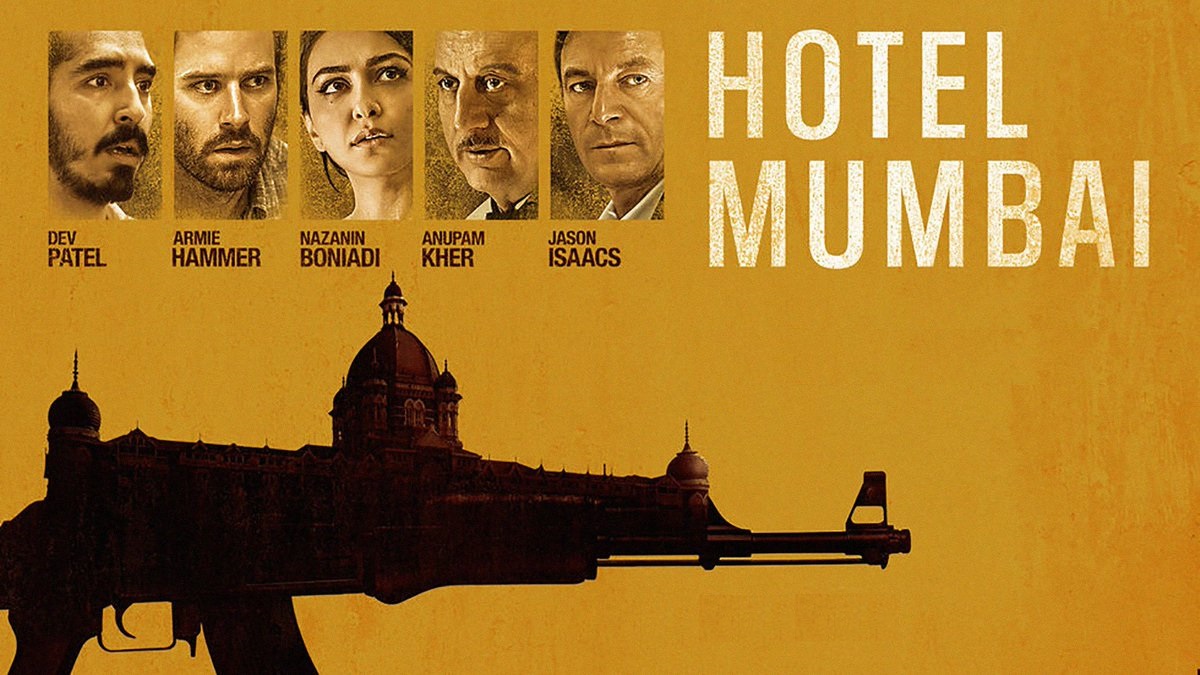
















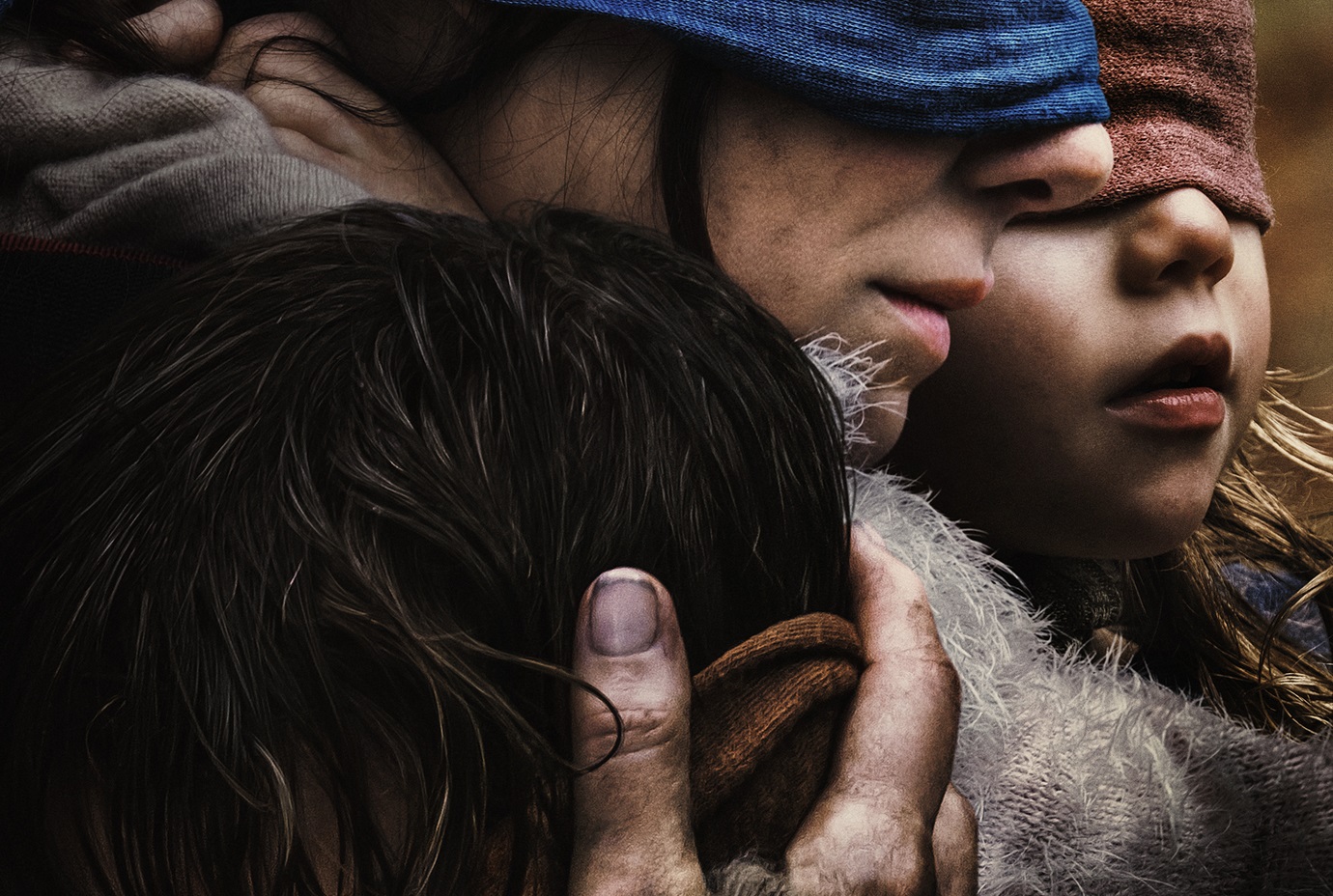



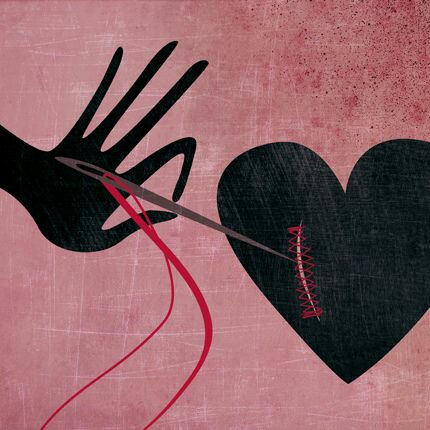

















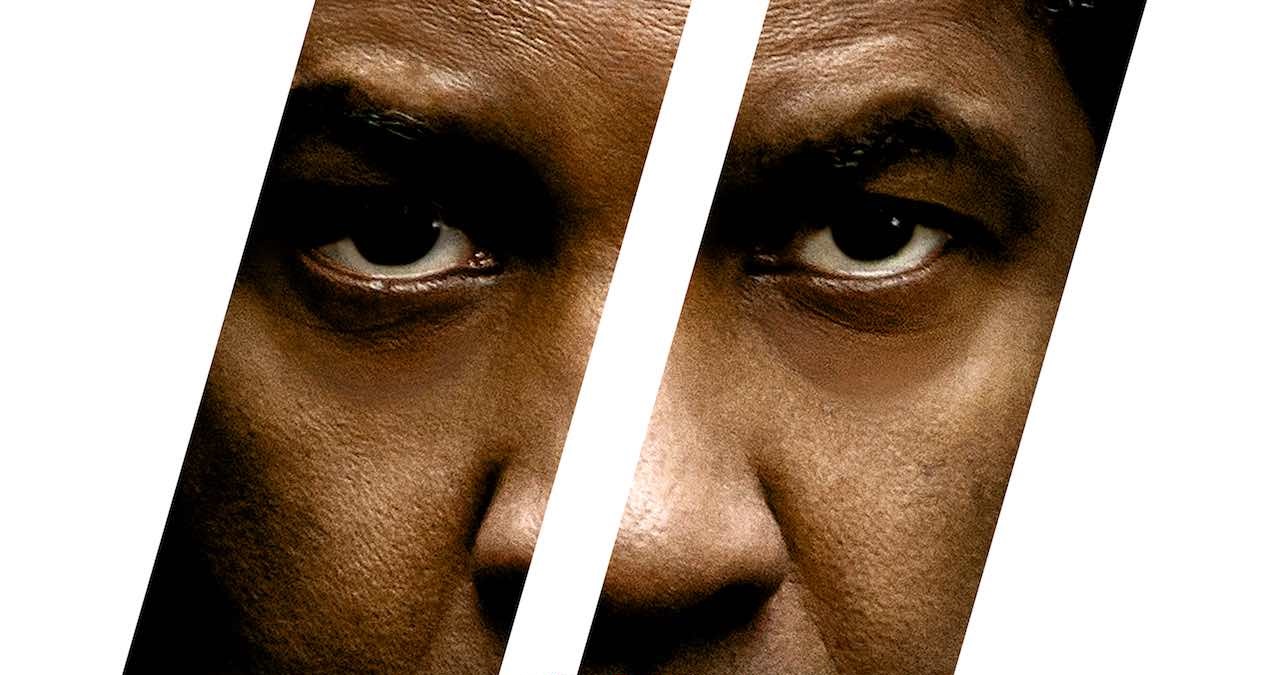
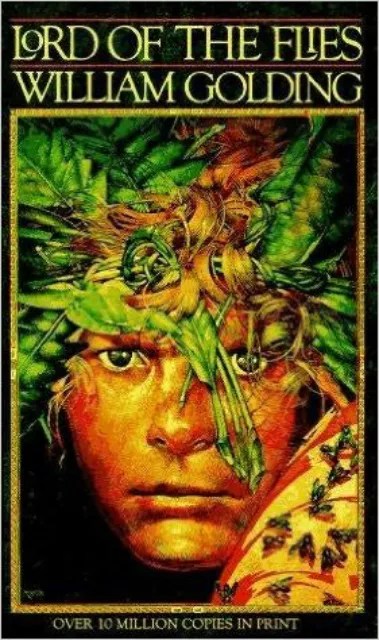



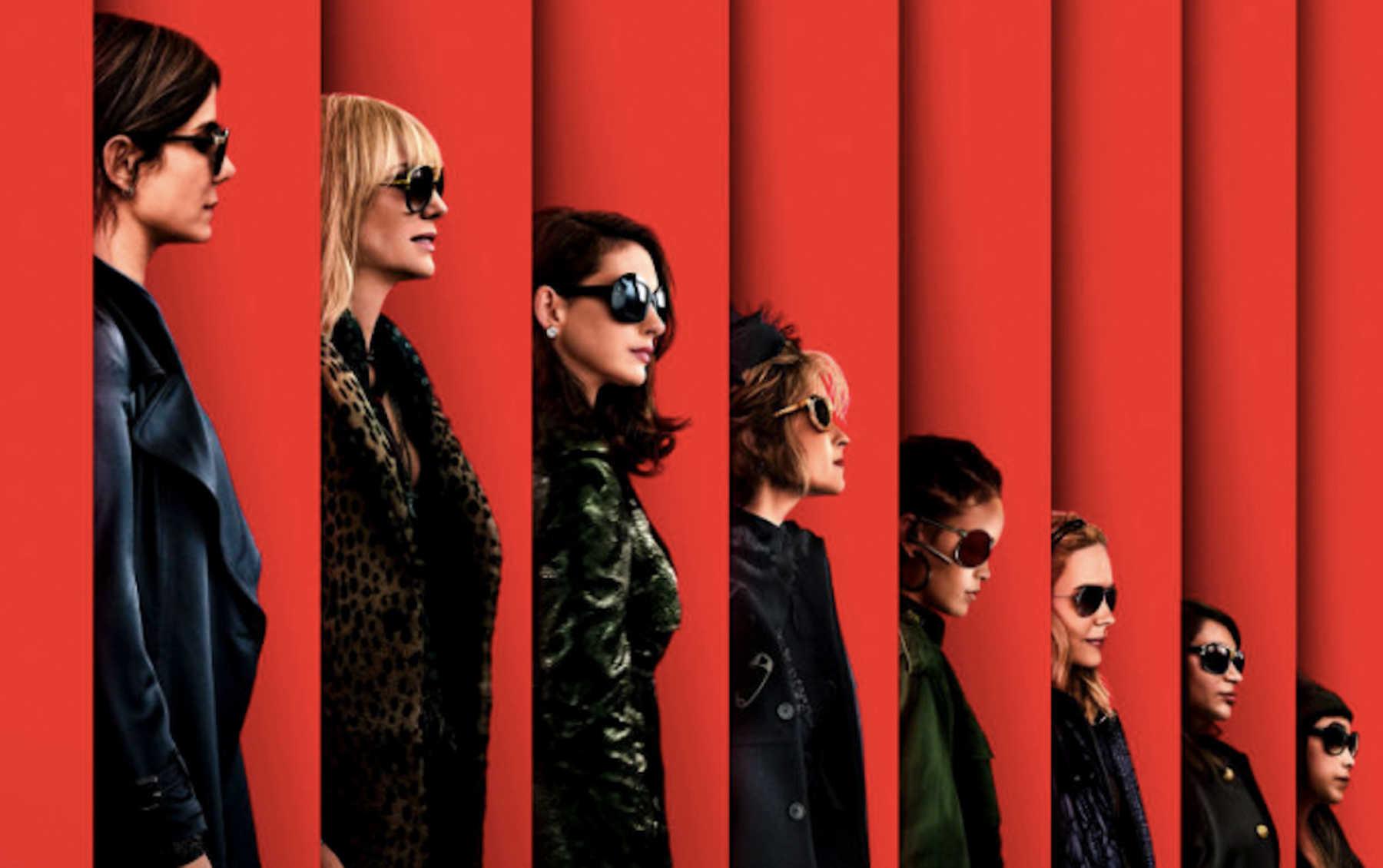





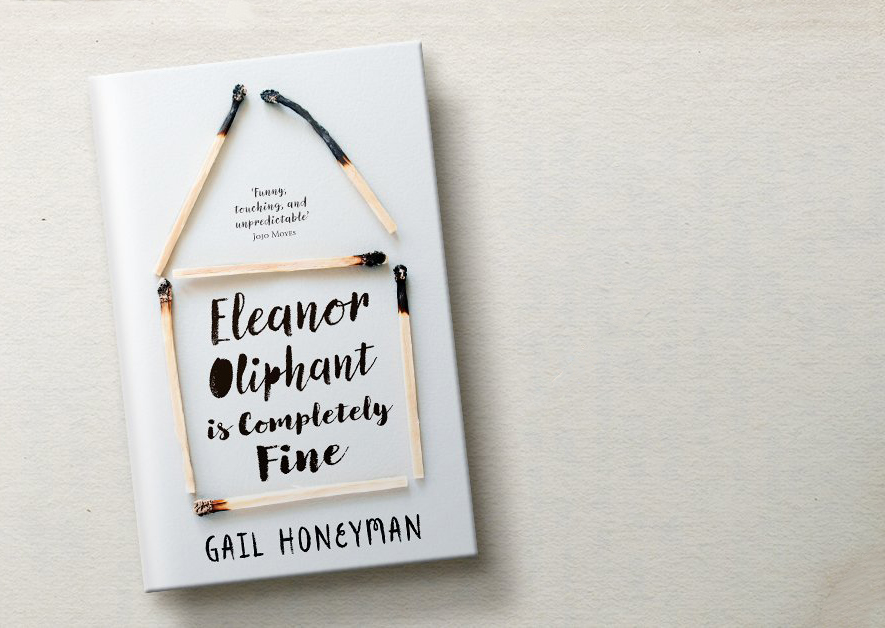

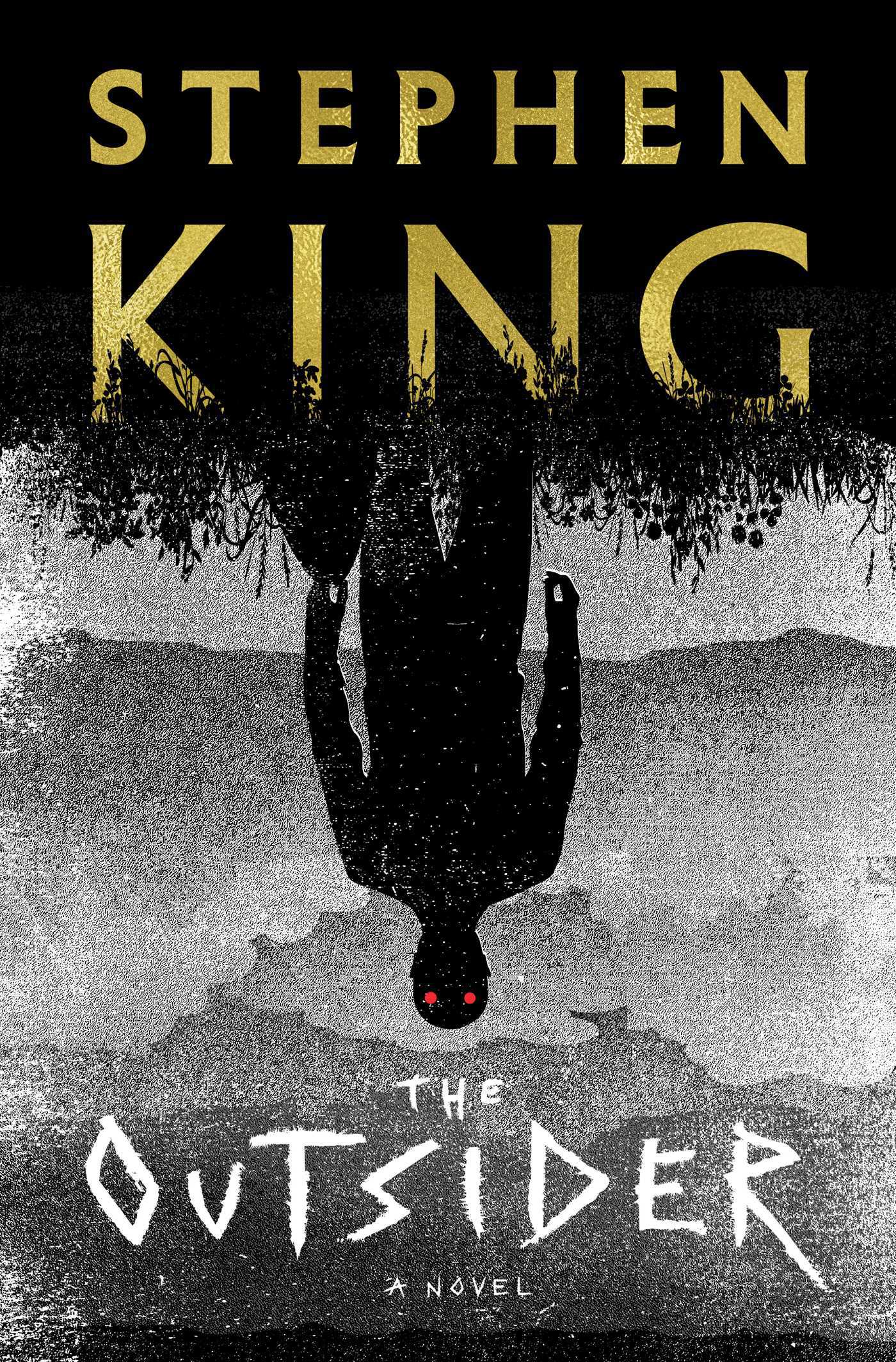
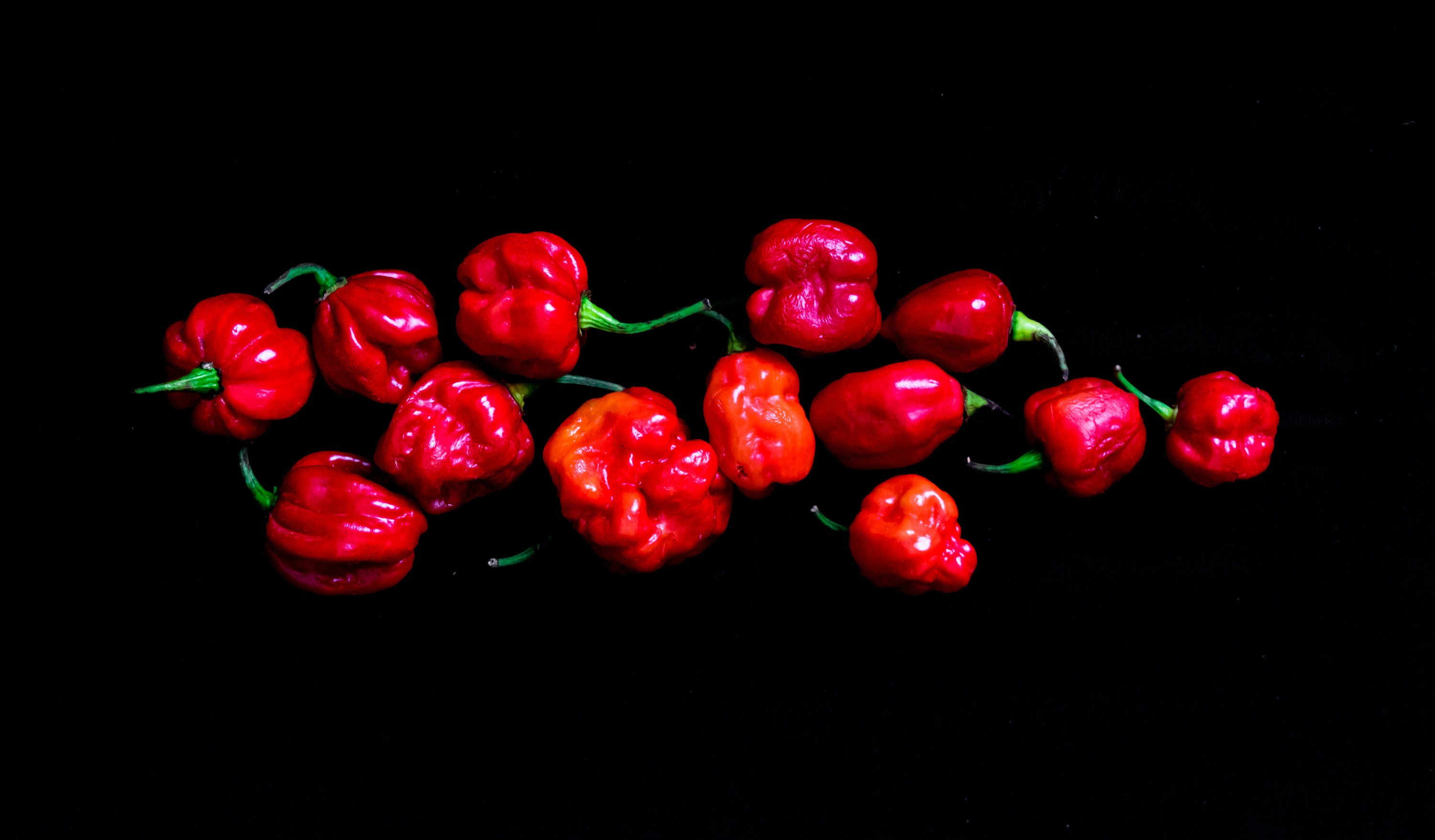





3 responses to “Book Review: The Tattooist of Auschwitz by Heather Morris”
This is a book that I think I would like – provided I was in the right frame of mind. I’ll add it to my wishlist.
Lynn 😀
LikeLiked by 1 person
I really love how you take your pictures. Are there any photography hacks you could share with someone who takes pictures with the phone?
LikeLiked by 1 person
Thanks a lot! Unfortunately, I don’t shoot with my phone so I am unable to provide any phone-specific tips. However, I think photography is about one’s creative perspective more than the device. I watch a number of YouTube tutorials that might be useful and I have put them together in this post. I hope they are as helpful to you as they have been to me. Cheers
LikeLike